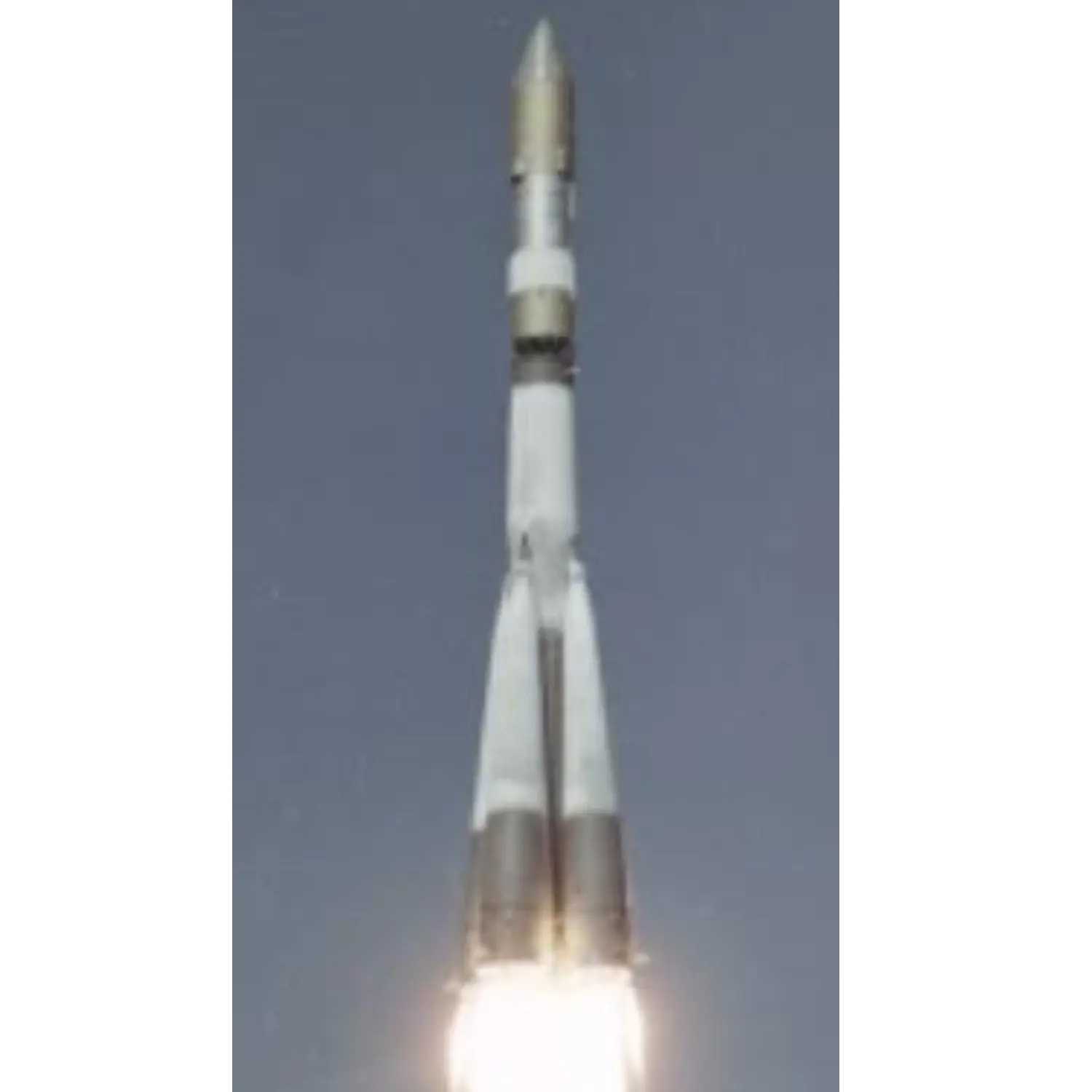Cosmos 60
Launch Success
Liftoff Time (GMT)
09:25:31
Friday March 12, 1965
Mission Details
Cosmos 60
Cosmos 60 was an E-6 series probe. It was the sixth attempt at a lunar soft-landing mission, with a design similar to that of Luna 4. The spacecraft achieved Earth orbit (apogee 287 km, perigee 201 km, inclination 64.8 degrees, orbital period 89 minutes) but failed to leave orbit for its journey to the Moon due to a failure of the power supply in the control system, and was designated Cosmos 60. The satellite reentered the Earth's atmosphere on 17 March 1965. Cosmos 60 carried a 16-channel NaI(Tl) scintillator 40 x 40 mm in size. It was surrounded in a charged particle rejection scintillator. The spacecraft weighed 1600 kg and the detector was located inside the vehicle. The detector was sensitive to 0.5-2.0 MeV photons. Cosmos 60 measured the gamma-ray background flux density to be 1.7×104 quanta/(m2·s). As was seen by Ranger 3 and Lunas 10 and 12, the spectrum fell sharply up to 1.5 MeV and was flat for higher energies. Several peaks were observed in the spectra which were attributed to the inelastic interaction of cosmic protons with the materials in the satellite body. The designation of this mission as an intended planetary probe is based on evidence from Soviet and non-Soviet sources and historical documents.
Low Earth Orbit
1 Payload
1,600 kilograms
Rocket


Manufacturer
RKK EnergiyaRocket
Height: 44.23m
Payload to Orbit
LEO: 6,000 kg
GTO: 2,200 kg
Liftoff Thrust
4,378 Kilonewtons
Fairing
Diameter: 2.58m
Height: 6.74m
Stages
4
Strap-ons
4
Launch Site
Stats
Molniya
23rd
Mission
1st
Mission of 1965
RKK Energiya
120th
Mission
9th
Mission of 1965
1965
22nd
Orbital launch attempt